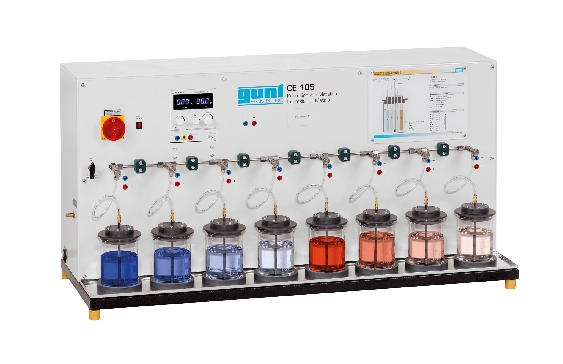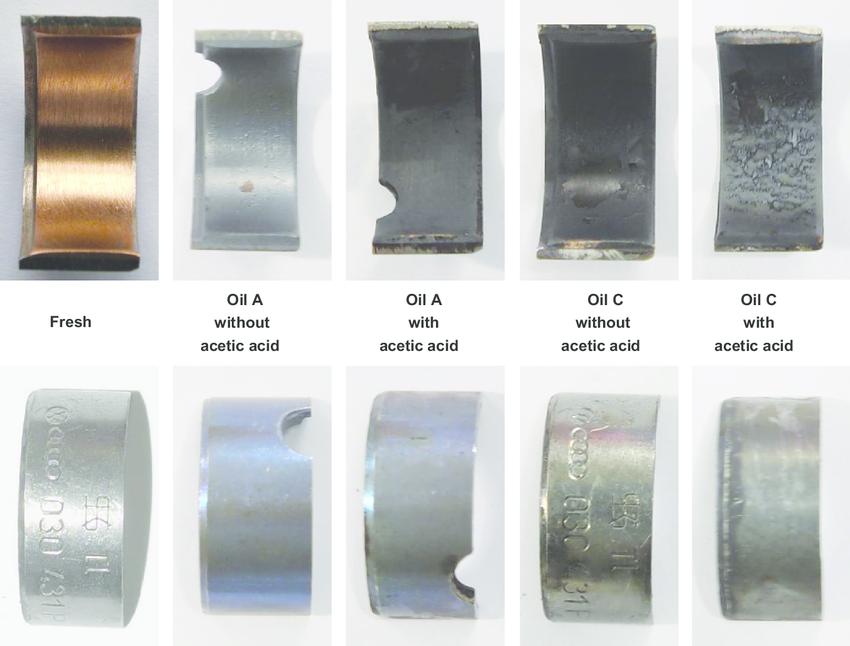TIP
Targeted Infusion Project
Corrosion Unit
by Gunt
Corrosion can be defined as the degradation of a material due to a reaction with its environment. Corrosion damage to metallic components causes considerable economic and technical damages. It is encountered in a number of industrial applications and degrades the useful properties of materials and structures including strength, appearance and permeability to liquids and gases.
The issue of corrosion and corrosion protection therefore plays an important role in technical training. Materials can be metals, polymers (plastics, rubbers, etc.), ceramics (concrete, brick, etc.) or composites-mechanical mixtures of two or more materials with different properties. Because metals are the most used type of structural materials this current experiment will be devoted to the corrosion of metals. Most corrosion of metals is electrochemical in nature and the theory of this is covered in Physical Chemistry, Electrochemical Engineering and Materials Science.

Key features of this equipment include illustration of:
- Principles of corrosion and corrosion protection on metallic materials.
- Oxygen corrosion.
- Electrochemical corrosion.
- Corrosion protection with external voltage and sacrificial anodes.
The learning objectives/experiment include:
- corrosion behavior of different metallic materials (rust/passivation)
- formation of local elements
- influence of pH value of the electrolyte solution
- influence of salt concentration in the electrolyte solution
- oxygen corrosion.
In corrosion protection one would also be able to investigate effects of a) external voltage, b) sacrificial anodes and c) protective layers.

